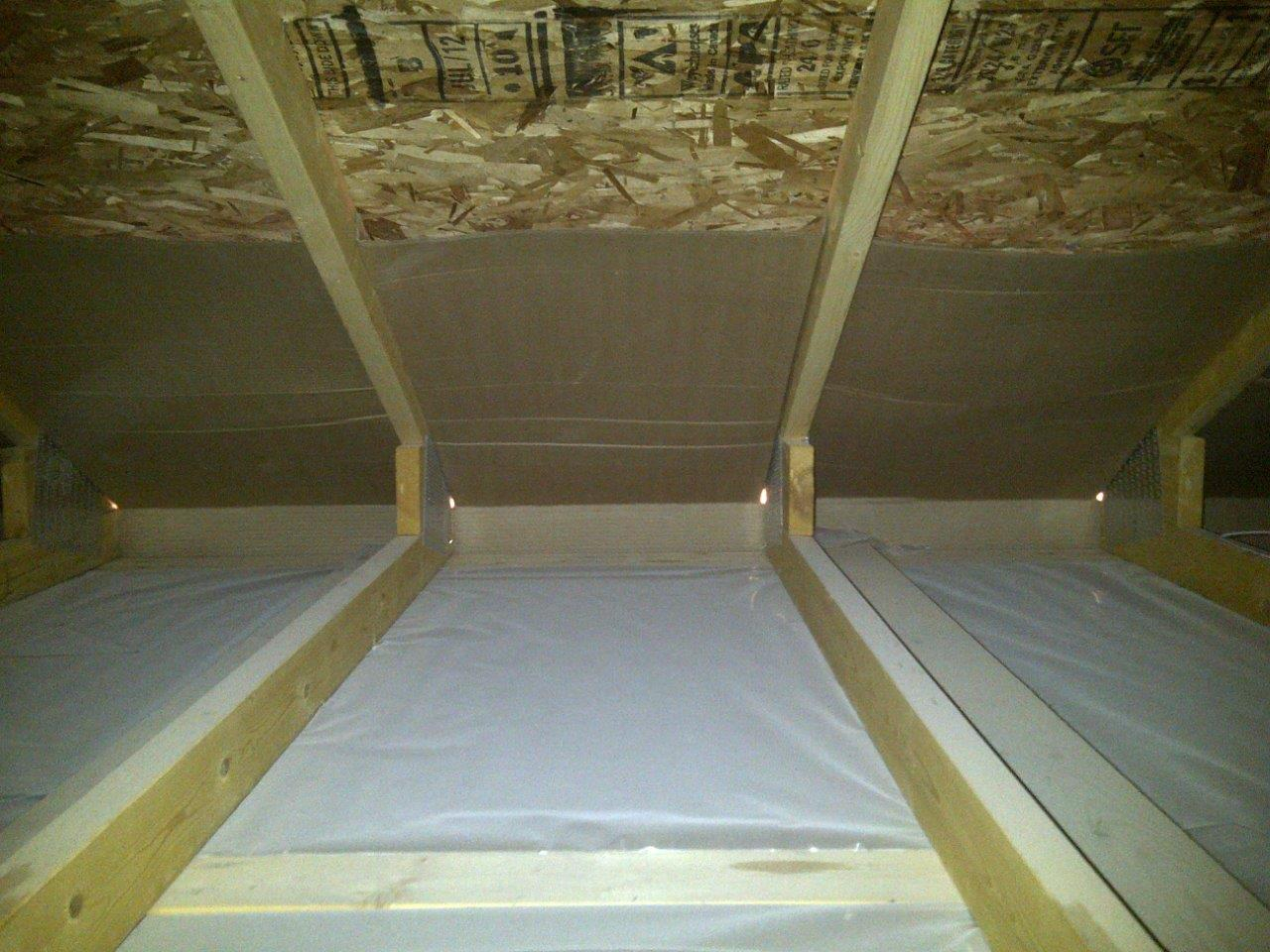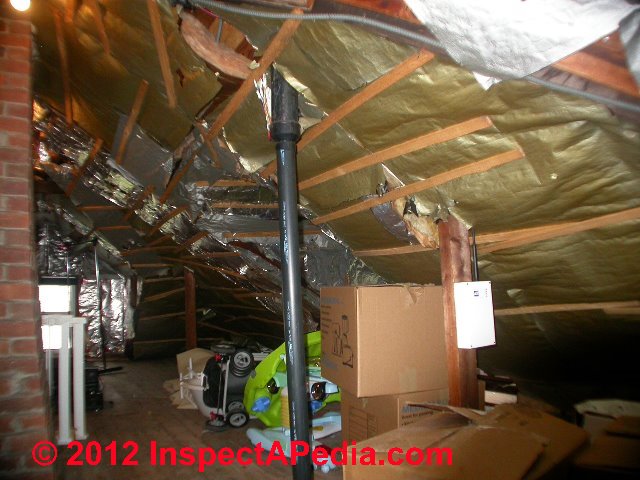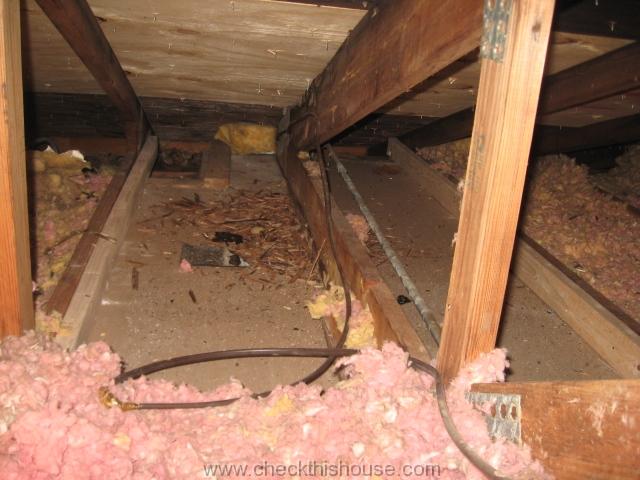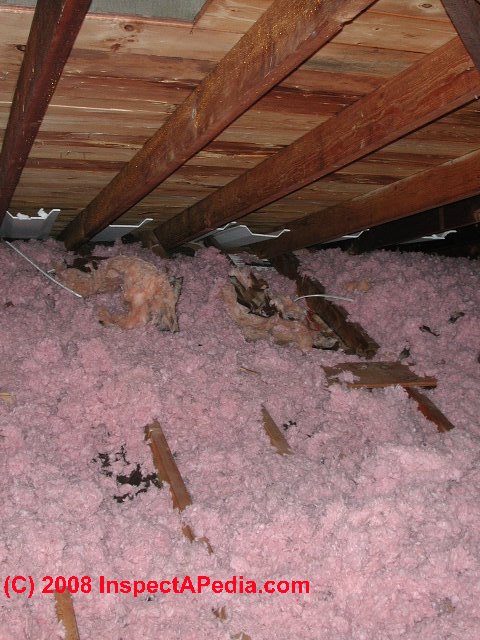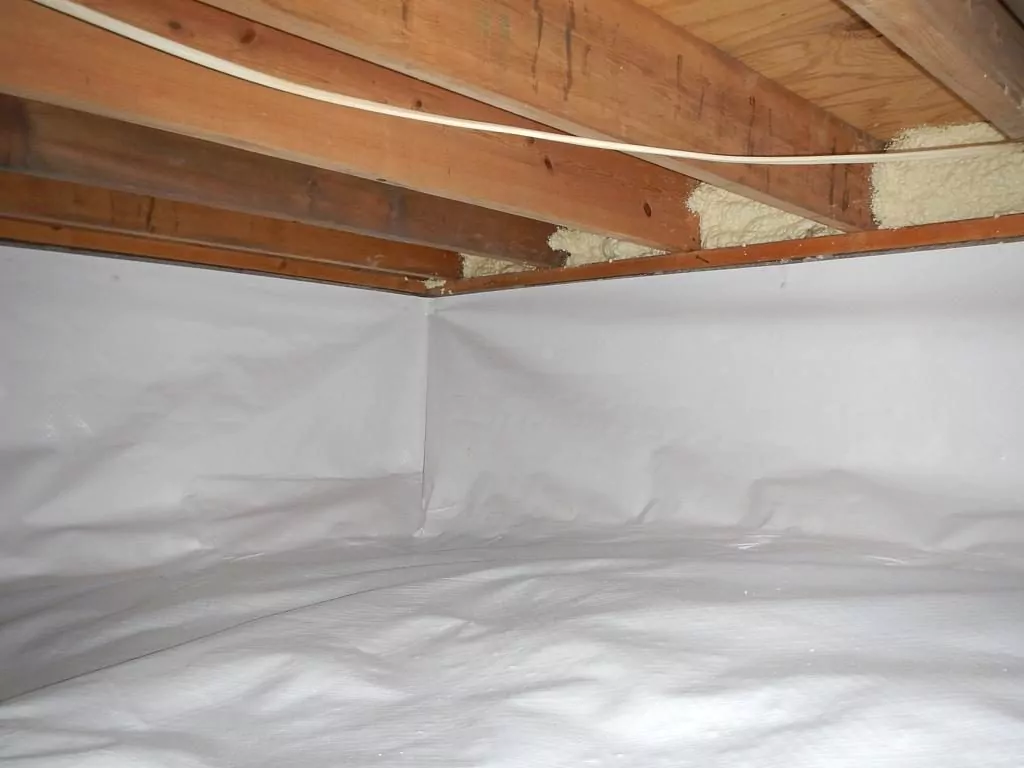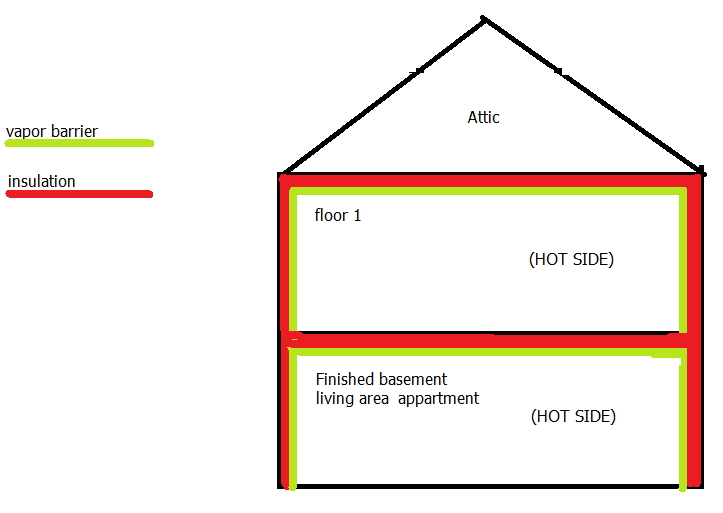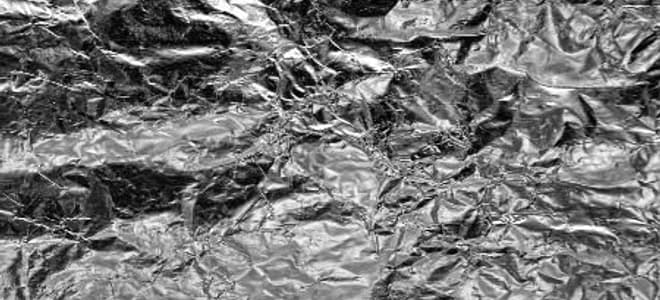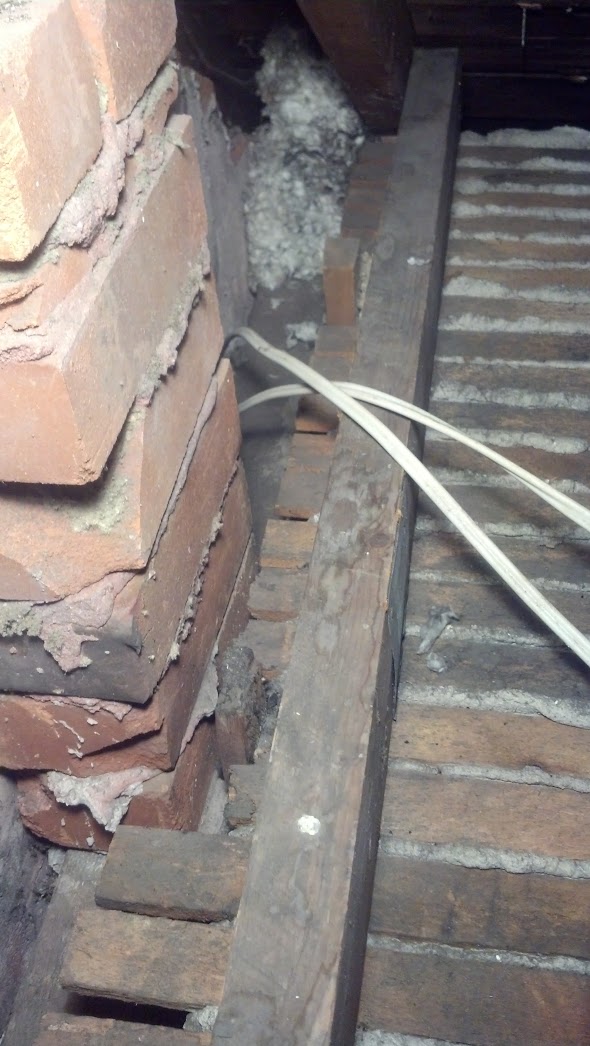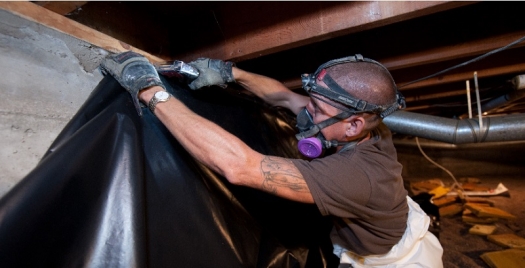Do I Need A Vapor Barrier In My Attic

Hi beth do not add a vapor barrier on top of the insulation in your attic since the paper facing on the existing insulation is the vapor barrier.
Do i need a vapor barrier in my attic. Seal the air leakage pathways. Not every wall does. Most authorities recommend vapor barriers in certain situations. Vapour barrier is on the top of the rafter then insul then board if heating garage insul vapour then board need hatch for summer to let out hot air i m a insulator typar is a better product in a.
A vapor barrier in an attic assembly in a severely cold climate with the absence of an air barrier will likely be ineffective. After the insulation is in place you will want to add a vapor retarder sometimes called a vapor barrier if you need one. On the other hand an air barrier a properly detailed air tight drywall ceiling for example in the absence of a vapor barrier can be effective since it stops the flow of vapor laden air. The paper facing contains a layer of impermeable asphalt that prevents water vapor from passing through it.
The theory is that part of the moisture vapor in the house is actually blocked by the drywall and paint on the. No you don t need a vapor retarder class i or otherwise. In areas with high humidity such as greenhouses rooms with spas or swimming pools and bathrooms vapor barriers are often recommended. A vapor retarder is a material used to prevent water vapor from diffusing into the wall ceiling or floor during the cold winter.
Because it s nearly impossible to seal penetrations in the ceiling the reality is water vapor will get into the attic. Avoid adding interior vapor barriers where the outer wall construction already includes a material with vapor barrier properties. In hot dry climates your attic can be vented though like in hot humid climates you should not install any vapor retarder or barrier. However all attics vented or unvented and in all climates should have an air barrier such as an airtight drywall ceiling.








